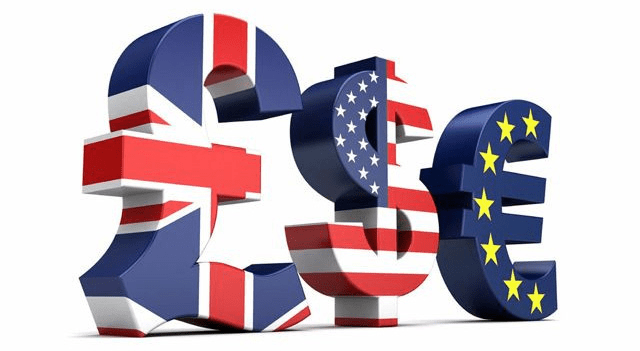On Friday, the U.S. dollar climbed modestly, recovering from a two-week low, but it remains on shaky ground as investors assess the evolving global trade environment ahead of next week’s Federal Reserve policy meeting.
At 04:35 ET (08:35 GMT), the Dollar Index, which measures the dollar’s value against a basket of six currencies, edged up 0.2% to 97.340. Despite the gain, the dollar is poised for a weekly decline of roughly 1%, marking its weakest streak in a month.
Some Support for the Dollar
As the week closes, the dollar is finding limited support, buoyed by talks of potential trade agreements with the European Union and China, two of the United States’ largest trading partners. Earlier this week, the European Commission signaled that a negotiated deal could be reached before the August 1 deadline. Meanwhile, U.S. and Chinese officials are set to meet in Stockholm next week to discuss an extension of the negotiation timeline.
Market focus is shifting toward the Federal Reserve’s meeting next week, where rate cuts are widely expected to be paused. Traders will be scrutinizing the Fed’s remarks for any hints on when the next policy adjustment might occur.
“We’re still of the opinion that the dollar can find a little stability this summer on higher inflation and delayed Fed rate cuts – but clearly this view stands against pervasive dollar pessimism in the market,” said analysts at ING, in a note.
Euro Nears Four-Year Peak
The euro dipped slightly, with EUR/USD down 0.1% at 1.1745, though it remains close to the near four-year high of $1.183 hit earlier this month. The European Central Bank maintained its policy rate at 2% on Thursday, concluding a year of easing measures as it awaits clarity on future U.S. trade policies.
ECB President Christine Lagarde described the economy as resilient and performing better than expected in her post-meeting press conference. However, data released Friday showed that German business morale improved less than forecast for July.
The Ifo institute reported its business climate index at 88.6 for July, up slightly from 88.4 in June but below the expected 89.0.
“The upturn in the German economy remains anaemic,” said Ifo president Clemens Fuest.
Pound Weakens on Disappointing UK Retail Data
The British pound slid 0.4% to 1.3468 against the dollar after figures revealed UK retail sales volumes grew 0.9% in June, short of the 1.2% expected, and recovered less than a third of May’s 2.8% drop. Sales of household goods fell 0.1% for the second month in a row as the housing market continues to face challenges following changes to stamp duty.
Yen Drops After Weaker Inflation Figures
Elsewhere, USD/JPY climbed 0.5% to 147.71 after data indicated that Tokyo’s consumer price inflation eased more than anticipated in July, though core inflation remains above the Bank of Japan’s target. The BOJ is expected to maintain its current interest rates next week amid tariff uncertainties and political flux in Japan.
AUD/USD fell 0.4% to 0.6568 but is still set for a weekly gain of about 1% following the recent trade agreement between Japan and the U.S., while USD/CNY ticked up 0.2% to 7.1672.
This content is for informational purposes only and does not constitute financial, investment, or other professional advice. It should not be considered a recommendation to buy or sell any securities or financial instruments. All investments involve risk, including the potential loss of principal. Past performance is not indicative of future results. You should conduct your own research and consult with a qualified financial advisor before making any investment decisions.
